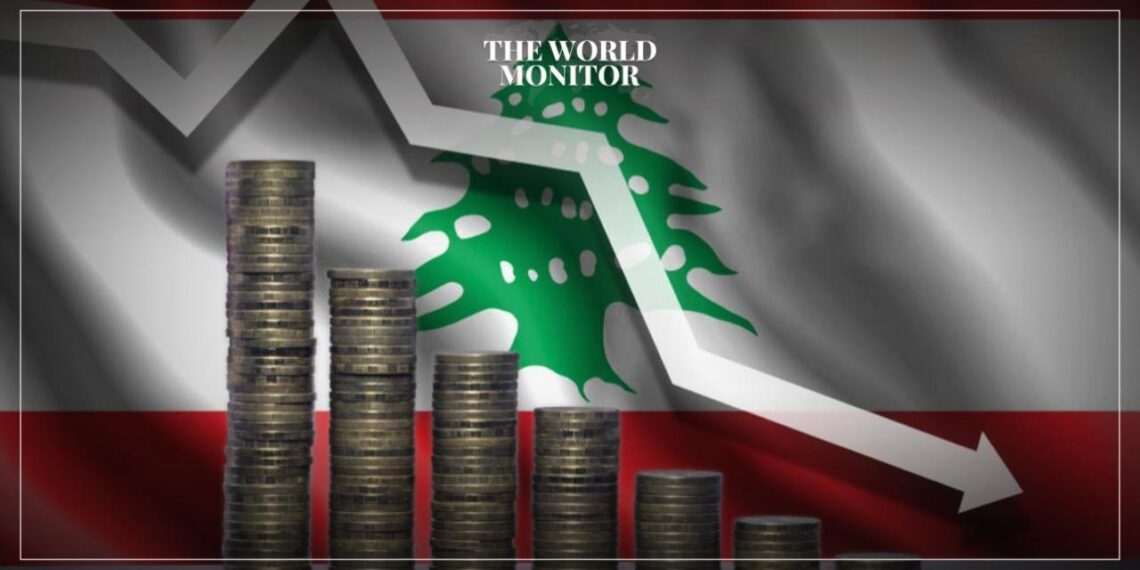While the military operations between Hezbollah and Israel have been confined to specific areas in southern Lebanon for about four months, their repercussions extend to the entire country across various sectors, notably economically, financially, tourism-wise, and politically.
A study conducted by unofficial sources, obtained by “The Middle East,” revealed that the overall losses in the south amount to approximately $1.2 billion.
These losses are primarily linked to the destruction of infrastructure, roads, buildings, and agricultural lands. Additionally, there are around $300 million in indirect losses due to business closures and work stoppages.
The Tourism Sector
The tourism sector serves as the backbone of the Lebanese economy and has been significantly affected by the ongoing conflict in the south.
Walid Nassar, the Minister of Tourism in the caretaker government, stated, “The war in Gaza has had a significant impact on the tourism sector, especially as we were expecting promising seasons during the holidays (Christmas and New Year) or the skiing season, with the number of foreign arrivals reaching 1.8 million by the end of last September.”
He pointed out that “the growth expected in December was around 27%, but the war prevented the realization of these aspirations.”
Nassar further stated to “The Middle East,” “In 2022, there were 370,000 tourists; 70,000 foreigners and 300,000 Lebanese.
In 2023, the number of arrivals decreased to 70,000 foreigners, with 300,000 Lebanese from the diaspora visiting Lebanon despite all the challenges and problems.”
Nassar also noted that “concerning the current skiing season, there is activity in the ski resorts, with the presence of foreigners, but not in the numbers we expected.”
He added, “Hotel and restaurant reservations are good, touching the numbers of 2023 except for foreigners.”
Airport Movement Decline by 25%
According to a researcher at “International Information,” Mohammad Shamseddine, “There are about 85,000 displaced persons from 46 southern towns and villages that are permanently subjected to Israeli attacks.
Regarding human losses, there are 182 Hezbollah fighters, 27 civilians, and 8 from other party entities, in addition to a Lebanese army member.”
Shamseddine explained to “The Middle East” that “520 houses were destroyed and 3,300 partially damaged,” clarifying that “there is a complete economic cycle that has been disrupted in the south, as many institutions and factories have ceased operations, in addition to significant losses in the agricultural sector, especially olives, and forests.”
He added, “It is difficult to accurately estimate the economic loss at present, but it is in millions of dollars daily in the south and Lebanon. The airport’s movement, which has declined from its rates at such times by 25% in arrivals and 2% in departures, is a key indicator of the losses we are incurring.”
Agriculture: The Most Affected Sector
Maroun Khater, a writer and researcher in financial and economic affairs, pointed out “The ongoing operations in the south since the first week of October have weighed heavily on Lebanon’s exhausted economy, which has witnessed a contraction in GDP exceeding 50%.”
He told “The Middle East,” “It is true that Lebanon, struggling under its crisis and financial straits, and lagging in servicing its sovereign debts, does not attract new investments.
However, the ongoing war in the region and southern Lebanon has painful economic repercussions in terms of timing and magnitude.
Despite Lebanon importing oil and most of its foodstuffs from the Mediterranean basin, the Lebanese economy is affected by disturbances in the Red Sea.”
He added, “These disturbances reflect more living pressure on the Lebanese due to price increases resulting from higher costs on one hand and the absence of oversight and accountability on the other.”
Khater continued, “The biggest losses are incurred by the agricultural sector, which provides livelihoods for more than 80% of the border strip’s population.”






